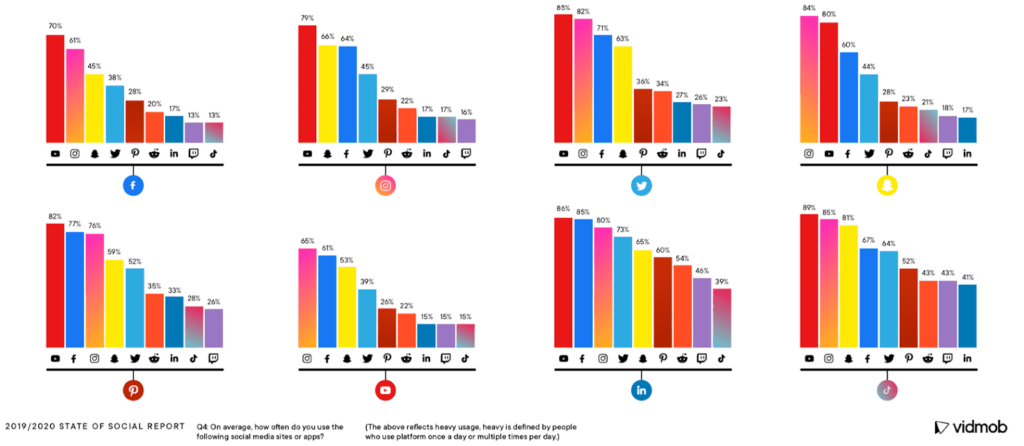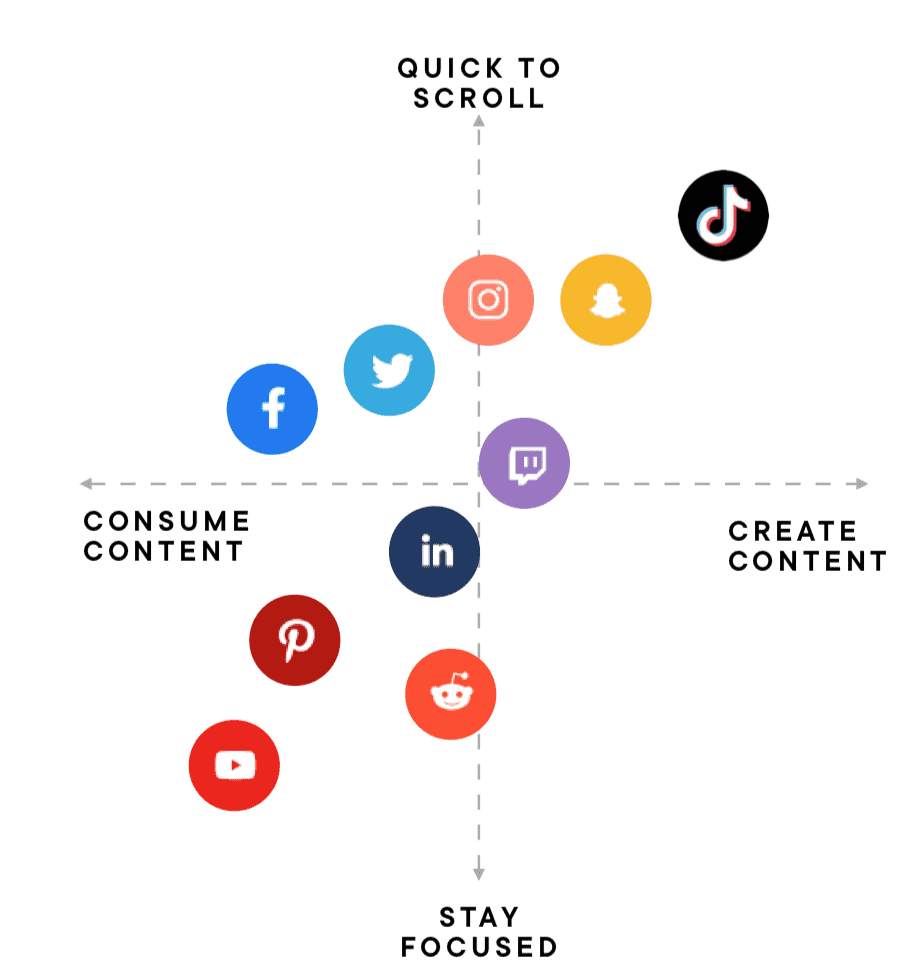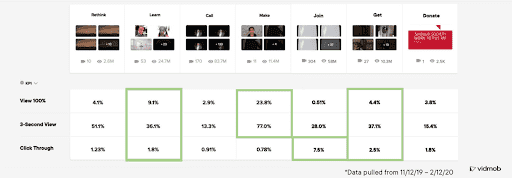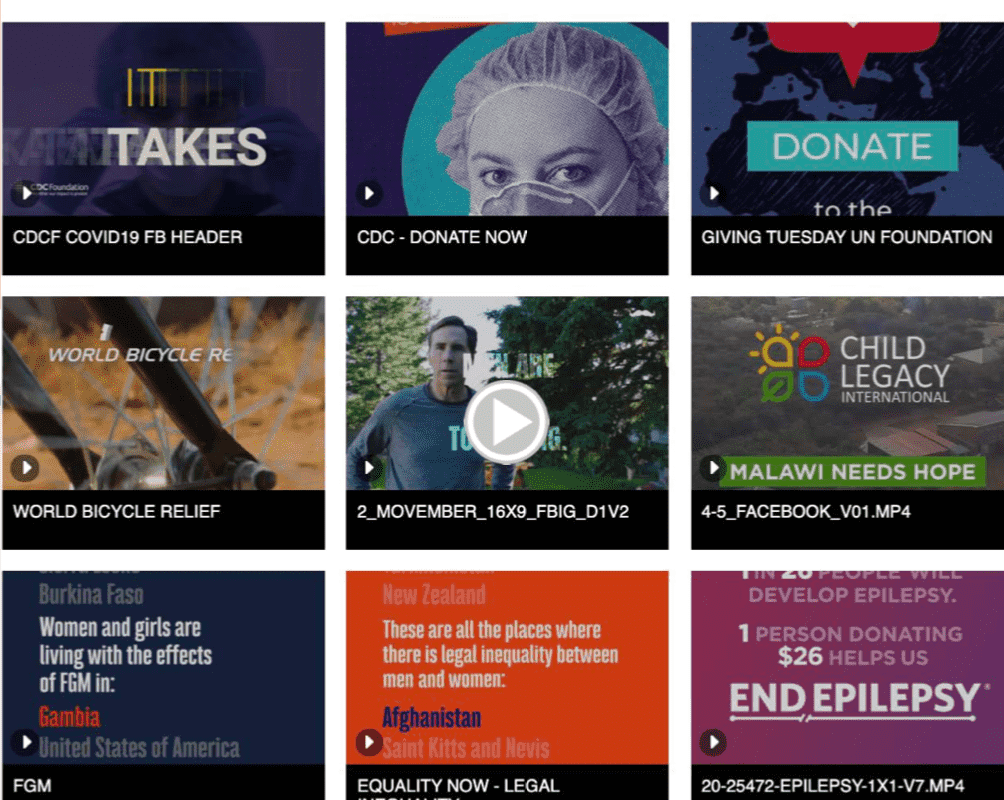There was so much great insight at Alaya’s first webinar for our nonprofit community, “How to boost your social media strategy.” Our good friends Burr and Nick from VidMob Gives and VidMob, respectively, shared valuable insights that are not difficult to implement and could help you enhance your presence and reach on all social media platforms.
VidMob uses its creative analytics platform to make videos measurable better based on real insights. VidMob Gives help nonprofits with pro-bono creative services. For every 20 paid videos they make, they give 1 to a nonprofit.
According to the responses to the poll question during the webinar, “Are you currently using videos as part of your social media strategy?” 50% of the webinar attendees answered that they are already using videos as part of their fundraising strategy.
So, those of you already using videos will learn how to make better videos and key aspects of each social media platform, which could help you enhance your presence. For the other 50% that are not currently using videos to communicate with potential donors, you might want to start including videos as part of your content.
The webinar was based on VidMob’s “The State of Social” report. An annual report that examines how people think and interact with media across the digital social landscape.
The study was carried out before Covid-19 appeared in our lives. However, given the results, and despite the changes in behavior and social media consumption due to the pandemic, VidMob believes the behaviors shown in the results will only increase.
The report helps marketers make better content and use creative data to drive more effective cross-channel performance.
Ready? Let’s look at the 3 most important takeaways from the webinar for nonprofits.
1. Time spent on social media keeps rising, and video consumption dominates digital time.

Videos allow you to engage and give your potential donors a real-life, from the field picture of your programs and impact area. It also allows your beneficiaries to share, with their own voice, about the changes your program is providing.
Attention spans are shrinking, but video holds it best.
There are many types of videos that you could use depending on your particular goal, target group, and platform.
What is the ideal length of a video for optimal engagement? Our friends at HubSpot recommend:
- Instagram: 30 seconds
- Twitter: 45 seconds
- Facebook: 1 minute
- YouTube: 2 minutes
However, others find the optimal times to be even shorter than (attention span alert).
Video usage has increased across all platforms, with YouTube and Instagram seeing the most growth. To have more impressions and to reinforce your message, it’s suggested to be active in all platforms.
Nearly 40% of free digital time is spent watching videos.
Instagram takes the lead space to share videos and memes. If your video(s) and cause resonate with your audience, you might earn organic impressions by viewers sharing it.
57% of people who watch a video for a nonprofit go on to make a donation
Younger age groups tend to spend the most time watching video content. To reach the donors of the future, you have to have a video in your marketing mix.
81% of potential donors are more likely to choose social media for news vs. Print/TV and 50% more likely vs. traditional websites for current events and news. Your potential donors see the problem/need in the news, and then on the platform, they could have the opportunity to see your organisation offering a solution, targeting that problem.
2. Heavy Cross-platform usage is at an all-time high
Best practices are cross-platform. With the exception of Facebook, heavy users of every platform also use 3 or more other platforms. The motivators for each platform are different. Social media users are not siloed in one platform; they are heavy users of 3 or more platforms daily. Data shows that this trend is growing year over year.

Looking at this graph, you can see that 70% of Facebook’s heavier users also use YouTube, while 61% also use Instagram and 45% Twitter. With the exception of Pinterest and LinkedIn, Instagram is one of the two most used platforms among all users.
Because of this growth in cross-platform usage, to increase your chances of reaching potential donors test using different platforms. Since motivators to use each platform vary, adapt the content for each platform.

Purpose of using social media platforms:
- Humor: TikTok, YouTube, and Reddit
- Connect with friends: Facebook, Instagram and Snapchat
- Current events: Twitter
- Professional connections: LinkedIn
Consumer behavior varies widely across platforms. This is critical to consider when creating content for those platforms.

Showing on the top Y axes half of the graph are platforms where content is consumed very quickly (short attention span) on the bottom are platforms where users are more likely to focus (larger attention span).
While TikTok and Snapchat users are most likely to create content, they also have the shortest attention span in relation to browsing social sites.
YouTube and Pinterest users are most likely to be attentive and take in long-form content. This could represent an opportunity for marketers as these users might be more likely to watch a mid-content ad.
3. Focus on creative elements that boost engagement
There are a few tweaks you could make to your videos to increase your chances of enhancing engagement, creating awareness, and ultimately drive donations and volunteers. If you are not using video yet, take note.
In awareness-driven campaigns:
- Human presence, positive sentiment, and a compelling opening boosted 3s view through by 22%
- Videos with animals featured early-on had a higher view through, 50% & 100% rate compared to the average. Who doesn’t love watching a cute puppy or a cat? If your cause has something to do with animals of course.
People drive your organisation. Your beneficiaries are people, the team carrying the programs, and ultimately, your donors. People all over! Using real people in your videos can help to increase the emotional connection with your prospective donors.
These 3 elements could increase CTR In click-driven campaigns.
- Scenery in the initial frames
- Videos with a celebration
- Opening with the nonprofit logo
Including a link to a website was correlated with a higher view and click through rates.
Unquestionably, it depends on what type of video you are creating, your audience (age, location etc…), your goal, etc. but the report shows that the best call to action verbs across the board are:
“Learn” and “get”
Nevertheless, “make” had the highest view rates and “join” had the heights CTR

Recommendations:
- Consider altering specific CTA verbs based on objective and desired KPIs
- Keep ads short for more views to completion, but tell full story to drive clicks
And with all this new insight and data you now have… It’s time to experiment!
As you can see, when it comes to social media, there is no“one size fits all”. You will need to test, try new things, different types of content, formats and platforms. Elements like behavior and media consumption might be different depending on your region, target audience, type of cause and video content. So, play with different elements, copy and CTAs.
If you posted your video on YouTube and saw a lower response rate, you could try to post it in a different platform and see if you get a different response. You could also test posting on different days and times. See what reaction you get.
Click below to enjoy some videos from VidMob, and see their creative insights applied.

If you’d like to watch the full webinar and learn more in depth insights, click below to watch on demand!
Go back to blog >


